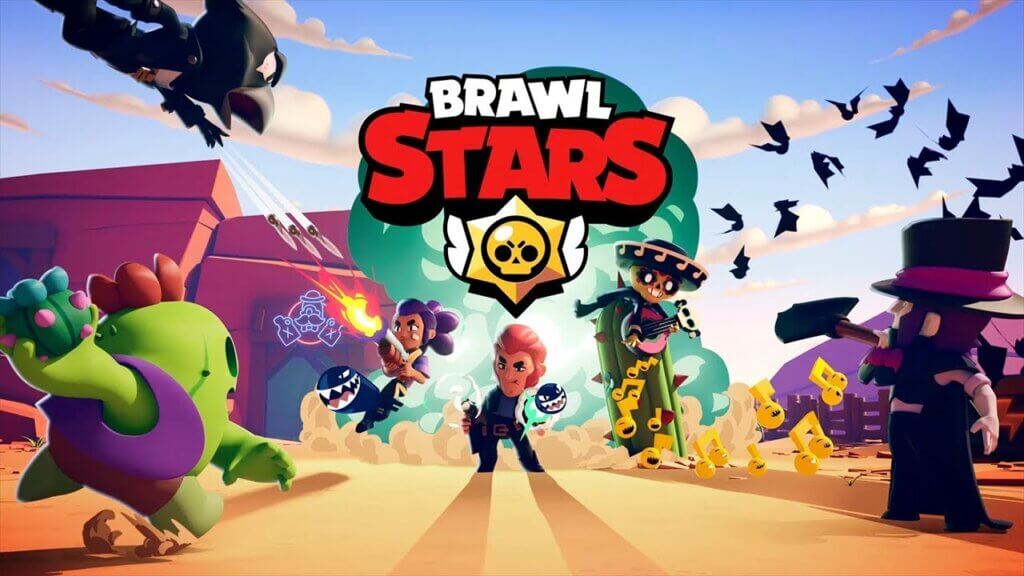Written by Ty Radman 2022 Cohort
I have been a video gamer player since I was six years old. I started with Jazz Jackrabbit 2, a unique platformer game back then. After finishing the game, a couple of times, I moved to RTS games, which I fell in love with, in addition to horror and action games from time to time. As I grew up and had access to the internet, I started playing multiplayer games, which took over my gaming schedule. For good reasons, I still prefer playing multiplayer games over single-player games.
Sociability
Even though single-player games usually have a deep storyline, smart NPCs, and different characters with well-structured scripts that add more realism and engagement to the game, at some point, after you’ve played the game long enough, it starts feeling empty and haunting. Sometimes even at the start. On the other hand, you have multiplayer games where you know other people are also spending their weekends playing Overwatch with you. Not to mention that you get to chat and communicate with them. On the other hand, an enemy AI’s behaviour will always be predictable even when you can’t precisely predict when it’s going to strike and make you restart your speedrun.

Interactions
Another reason multiplayer games are more fun is the unexpected and endless ways players can interact with each other. For example, one of my favourite mobile games, Brawl Stars, is a top shooter multiplayer game with limited actions, yet it is SuperCell’s most popular game. This is because of the freedom the players are given when they play. One of the modes of the game, “Showdown,” where players need to eliminate one another, is designed initially to have the players play as aggressively as possible. However, players often team against each other within that mode, and sometimes they make their characters dance as they troll stronger players. And you know what comes with teaming, backstabbing. This was not intended by SuperCell when it made Brawl Stars, but it worked out very well, and people are playing that mode the most.
Another example is adding sandbox features to games allowing players to create their own ways to interact with the game and share it with others. Games like Minecraft and Brawl Stars (again) are great examples of using this technique to make their games more engaging. In opposition, we have single-player games that restrict your actions to how they want you to interact with your surroundings. Any unorthodox measures will stand between you and finishing the game. This is, of course, based on my preferences which a couple of blogs support. I respect both types as a game developer, but I have time to kill; I’d kill it playing multiplayer games.